
Do you have a question about the Xerox AltaLink B8055 and is the answer not in the manual?
| Print Speed | Up to 55 ppm |
|---|---|
| Copy Resolution | Up to 600 x 600 dpi |
| Monthly Duty Cycle | Up to 300, 000 pages |
| Maximum Paper Capacity | 5, 140 sheets |
| Functions | Print, Copy, Scan, Fax, Email |
| Memory | 4 GB |
| Connectivity | Ethernet |
| Hard Drive | 320 GB |
| Mobile Printing | Apple AirPrint, Google Cloud Print, Mopria |
| Duplex Printing | Standard |
| Print Resolution | Up to 1200 x 1200 dpi |
Explains Internet Protocol Security for providing encryption and authentication at packet level.
Details support for WPA2 Personal, Enterprise, and Mixed Mode compliant with IEEE 802.11i.
Confirms AltaLink and VersaLink products support TLS 1.2.
Explains digital certificates, their data, and types for verifying identity in network transactions.
Describes support for CA signed and self-signed certificates with bit lengths up to 2048 bits.
Explains importing public certificates for validating trusted external products.
Details support for certificate validation with checks for OSCP and CRL.
Explains S/MIME for email authentication, integrity, non-repudiation, and encryption.
Details SNMPv3 security features: message integrity, authentication, and encryption.
Explains 802.1X authentication for product connection to LAN via Authenticator.
Details Cisco ISE as an intelligent security policy enforcement platform for Xerox products.
Explains product validation of cryptographic modules for FIPS 140-2 compliance.
Discusses firewall options like Stateful Packet Filter and IP Whitelisting.
Details IP Whitelisting support for VersaLink products to filter traffic.
Explains AltaLink products support stateful packet inspection for incoming/outgoing packets.
Details BIOS security features like inaccessibility, digital signing, and fail-secure operation.
Explains AES encryption for configuration and user data using unique device keys.
Ensures firmware integrity through digital signatures and whitelist verification.
Covers McAfee Embedded Control for preventing unauthorized code execution and memory attacks.
Details the Audit Log feature for recording security-related events and its limitations.
Covers firmware restrictions, technician access, and continuous logging.
Details supported authentication modes: Local, Network, Smart Card, and Convenience.
Explains the local user database for storing user credentials for authentication and authorization.
Defines configurable password attributes like minimum/maximum length and complexity.
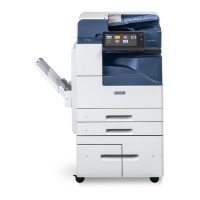



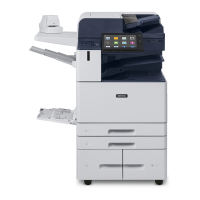


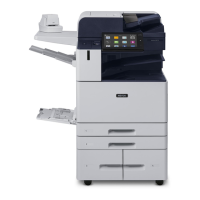
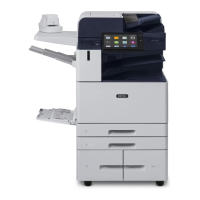
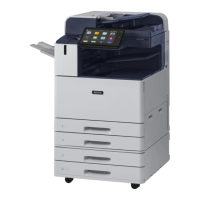
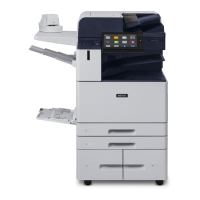
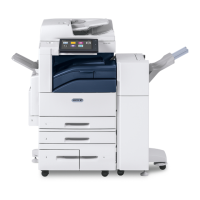
